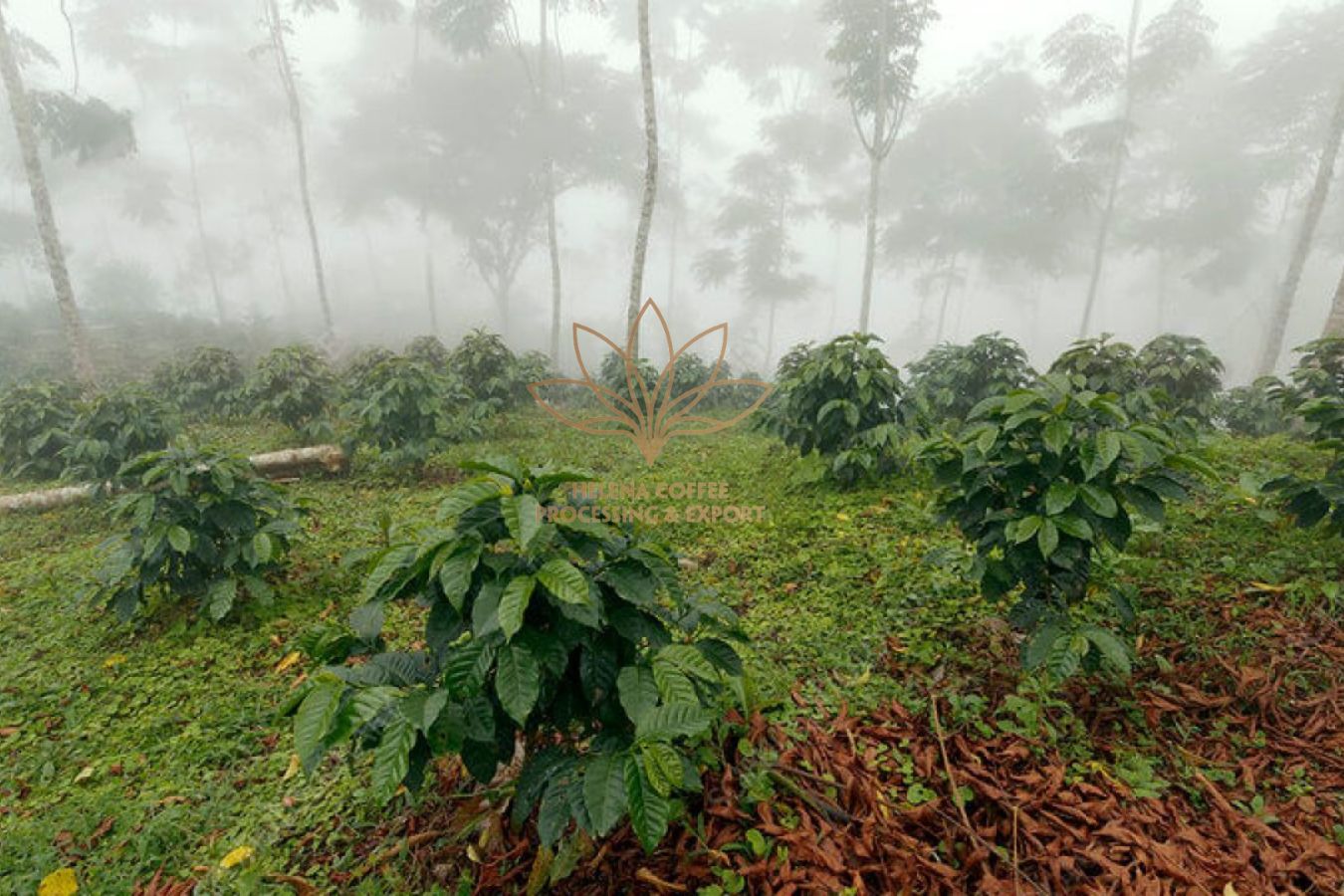
Green Coffee Supplier With Shade-Grown Coffee – Shade Grown Coffee refers to coffee that is grown in the shade of trees.
The naturally tall trees will provide a large canopy, shielding the coffee from direct sunlight, maintaining a more consistent temperature, and slowing overall growth during the berry growing process.
This allows the coffee beans to store more nutrients and have a better taste.
To be fair, we’re issuing certifications, establishing multiple organizations, promoting efforts, and so on to bring coffee farming to life. concerning the starting point.
As a result, this article will concentrate on the purpose, benefits, and principles of shade-grown coffee cultivation; we will discuss Shade-Grown Coffee certification and commercialization at a later date.
The Advantages of Shade Farming
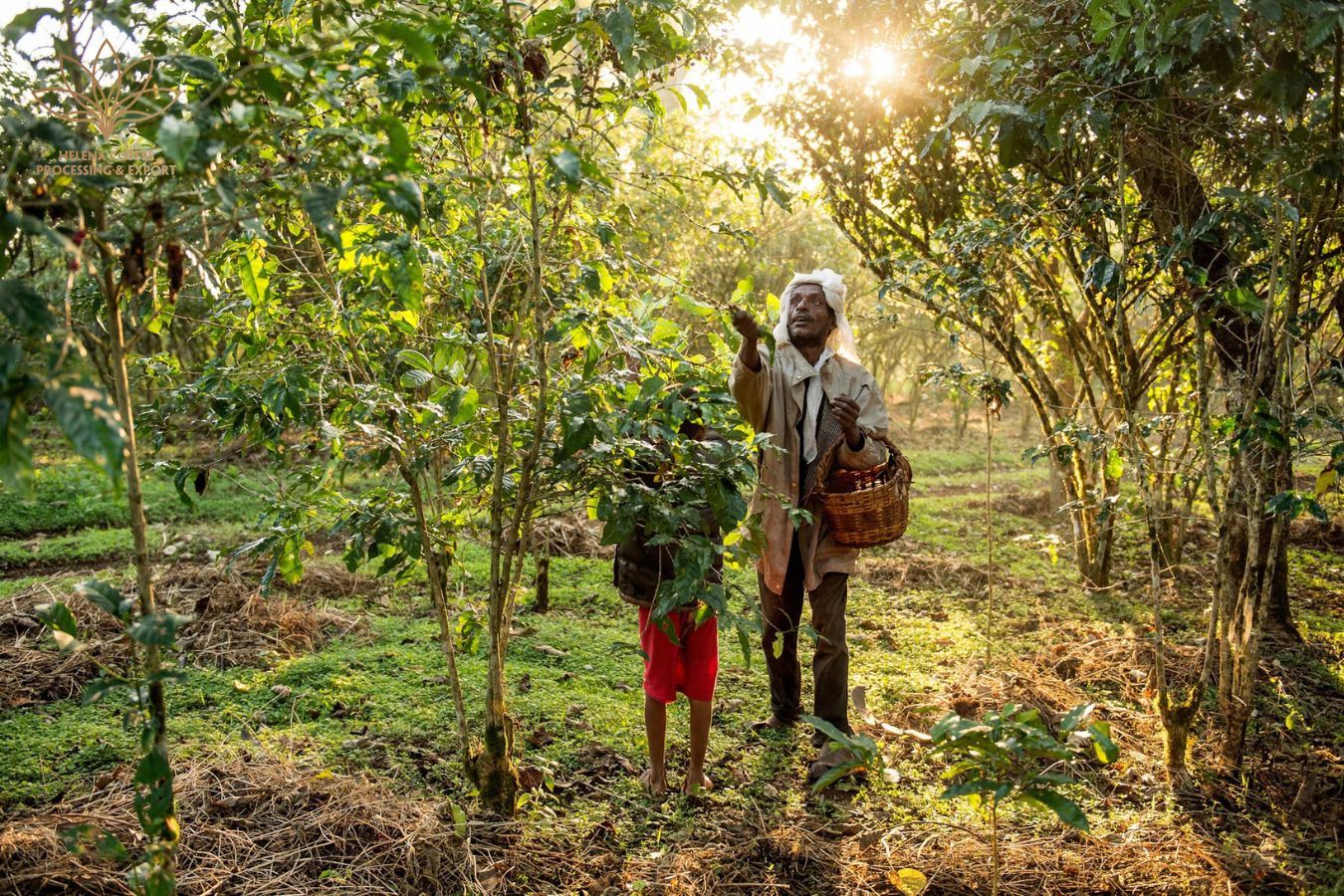
Snoeck (1988) concluded from an experiment conducted on Robusta coffee plants in Madagascar that yield decreases with increased shade intensity, but without shade, investment in fertilizers, drugs, and fertilizers is required.
Due to a lack of technology, more frequent replanting will be required – The lower yield, however, can be offset by the higher price paid for higher quality through Shade certifications and sustainable farming.
At the same time, the use of shade farming has numerous other advantages:
- Shade tree systems have been identified as part of a response to extreme environments in climate-change-affected regions. Particularly in areas with high temperatures, heavy rain, strong winds, frost or hail, and poor soil fertility. The regulatory effects of shade trees should be taken into account when reducing coffee production to fit the climate.
- Shade plants act as natural mulch, enriching the soil with organic matter and minerals. Shade trees, which are legumes, also help fix nitrogen, which contributes significantly to soil fertility.
- The natural canopy provides excellent protection from extreme temperature changes between day and night. While the root system helps to prevent erosion, the leaf system helps to limit the coffee plant’s transpiration. Drought damage can be mitigated by properly selecting and maintaining shade trees.
- Maintaining higher biodiversity than in a typical coffee farm has the potential to increase yield due to more abundant pollinators and pest control due to the presence of natural enemies other than humans.
- Shade plants can help to reduce weed growth, particularly weeds found on shaded coffee farms, which are less harmful and easier to control.
- Finally, farmers can increase their income by planting trees that shade the fruit group and harvesting fruit, wood, or other crop products…
Shade coffee is a more environmentally friendly, natural, and sustainable system than a monoculture without shade trees because of all of these positive contributions.
It should be noted, however, that farmers must also adjust the shade to meet their farming objectives. Shade trees that are not properly managed will significantly reduce coffee yields, exacerbate diseases, and compete for nutrients with coffee trees.
Early SAN standards quickly recognized that the amount of shade desired varied by region and even farm to farm. To maximize benefits, farmers must learn to adjust tree density based on local conditions.
In Colombia, for example, Arabica plants with 30-40% shade density (planted at 12 m spacing) yielded 152% more than 60% 70% shade systems (6 m spacing). In general, the acceptable shade density range is between 40% and 70%.
Coffee grown in the shade has a higher quality
The shade appears to provide the greatest benefits to agro-ecosystems in general, as well as to coffee trees in areas that are not favored in terms of environment and nature, so shade can bring environmental conditions closer to ideal.
This demonstrates the importance of shade in maintaining coffee quality in the face of current climate change.
Fruit weight and seed size have increased significantly under shade in areas where temperature increases are expected under climate change scenarios, though the rate of increase may vary. Coffee: The Art and Science (The Craft and Science of Coffee).
However, because coffee grown in the shade ripens more slowly, it is thought to taste better than coffee grown in full sun. The available data is mixed, with some indicating a significant improvement in taste and others indicating no difference in taste.
The standard for Shade-Grown Coffee
Shade-grown coffee is defined as one of the Fair Trade Coffee standards, along with other specific criteria such as Bird Friendly.
These ideas exaggerate the importance of ecosystem conservation in coffee farming in order to protect native wildlife, particularly China’s migratory bird population. America, on the other hand, benefits the farmers’ own health and living environment.
Green Coffee Supplier With Shade-Grown Coffee
Helena Coffee is one of the green coffee suppliers that ensure the following criteria:
- Chemical fertilizers and harmful pesticides are avoided when coffee trees are cared for organically.
- Ensure biodiversity, the safety of coffee farmers’ health, the protection of water sources, and the reduction of soil erosion in high hills and mountainous areas.
- Slower-growing coffee plants ripen more slowly and produce higher-quality coffee beans.
Shade-Grown Coffee products
Culi coffee export

Breed: Robusta
Growing area: Dak Nong
Altitude: 800 -1,000 m
Preparation method: Dry
Classification: Sieve 16, 18
Weight: 60kg/bag
Robusta coffee export

Breed: Robusta
Growing area: Dak Nong
Altitude: 800 -1,000 m
Preparation method: Dry
Classification: Sieve 16, 18
Weight: 60kg/bag
Wet Processed Robusta Coffee
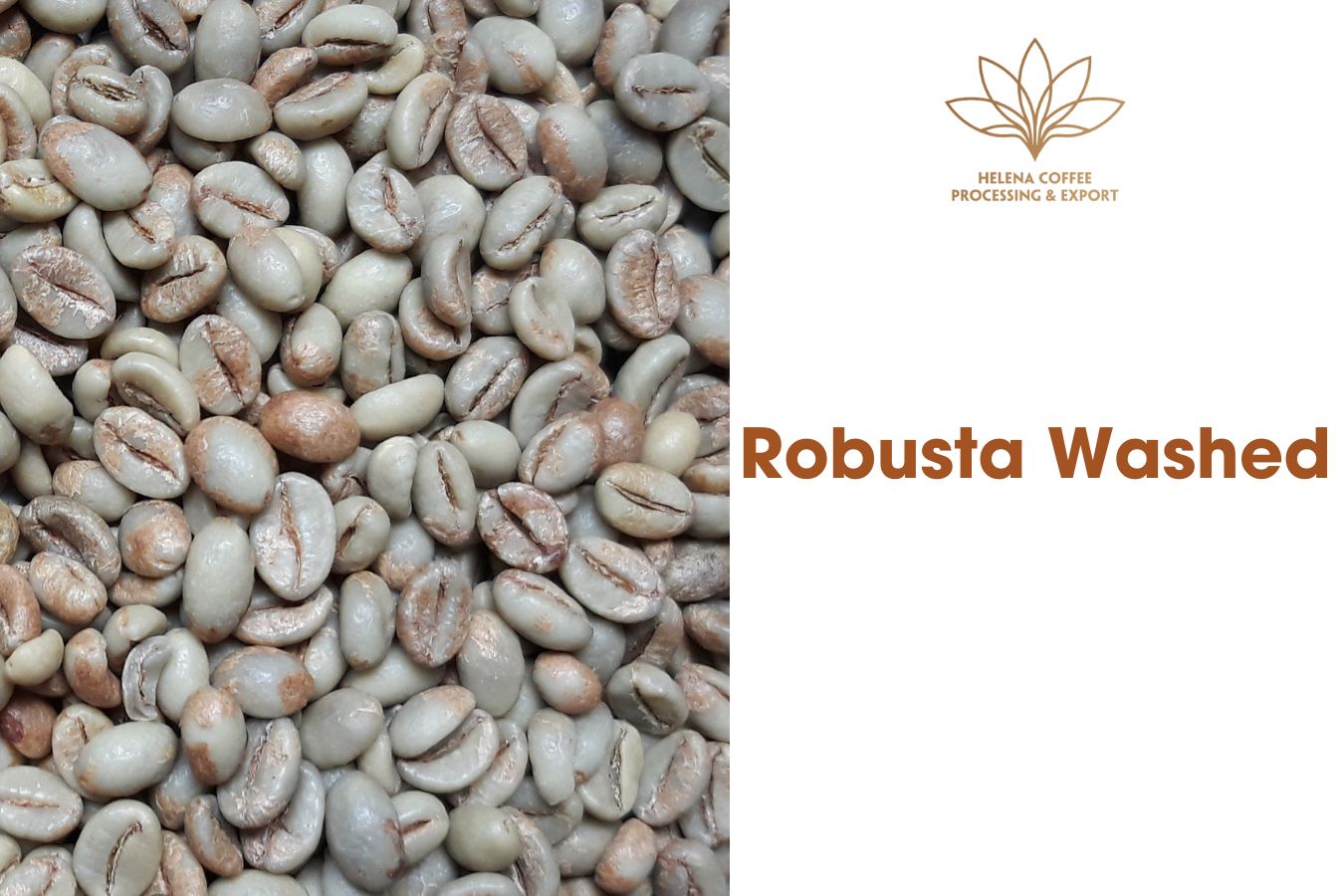
Breed: Robusta
Growing area: Lam Ha
Altitude: 800 – 1,000 m
Preparation method: Wet
Classification: Sieve 16, 18
Weight: 60kg/bag
Robusta Honey Coffee
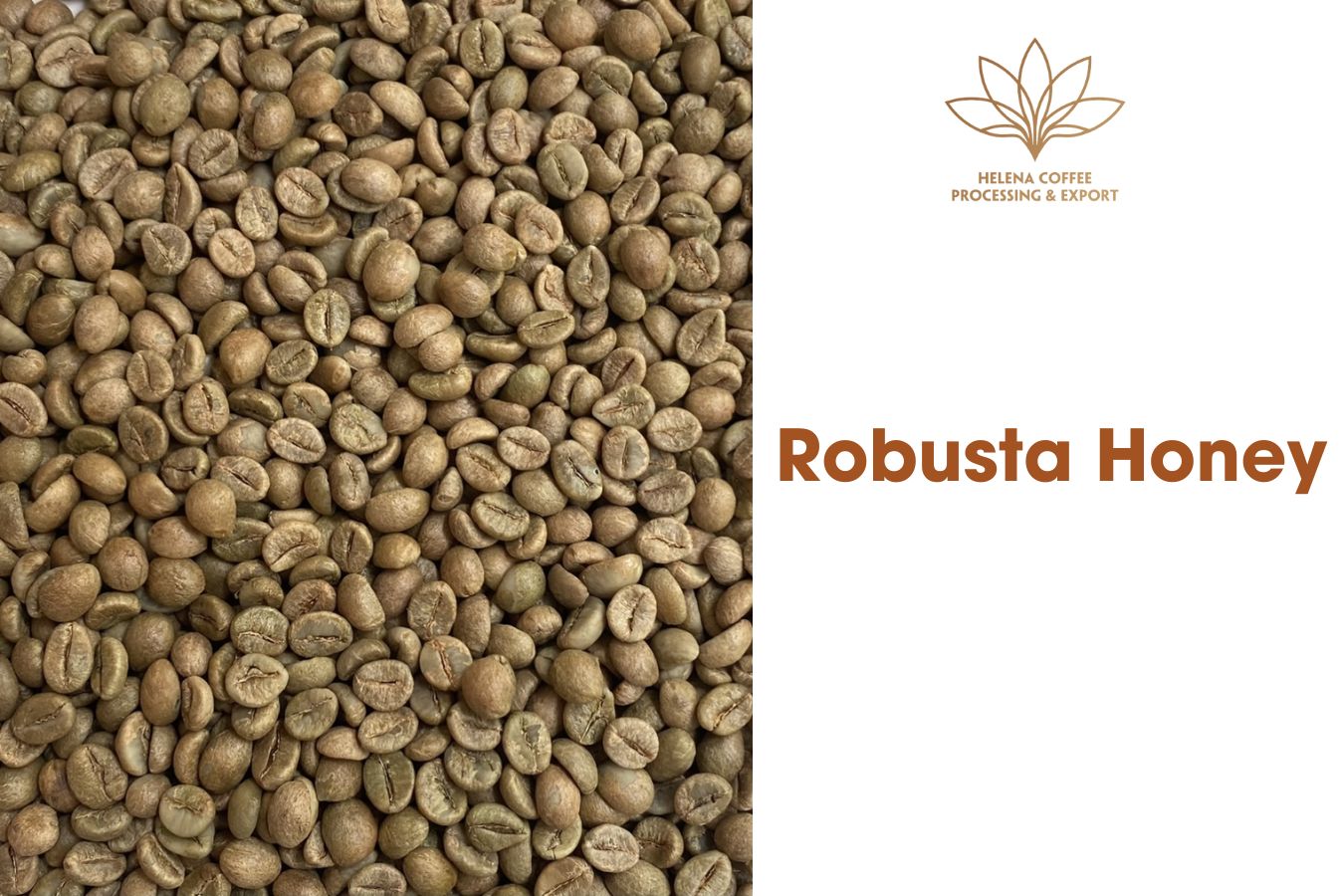
Breed: Robusta
Growing area: Dak Lak
Altitude: 800 – 1,000m
Preliminary method: Honey
Classification: Sieve 16, 18
Weight: 60kg/bag
Arabica Coffee Laos
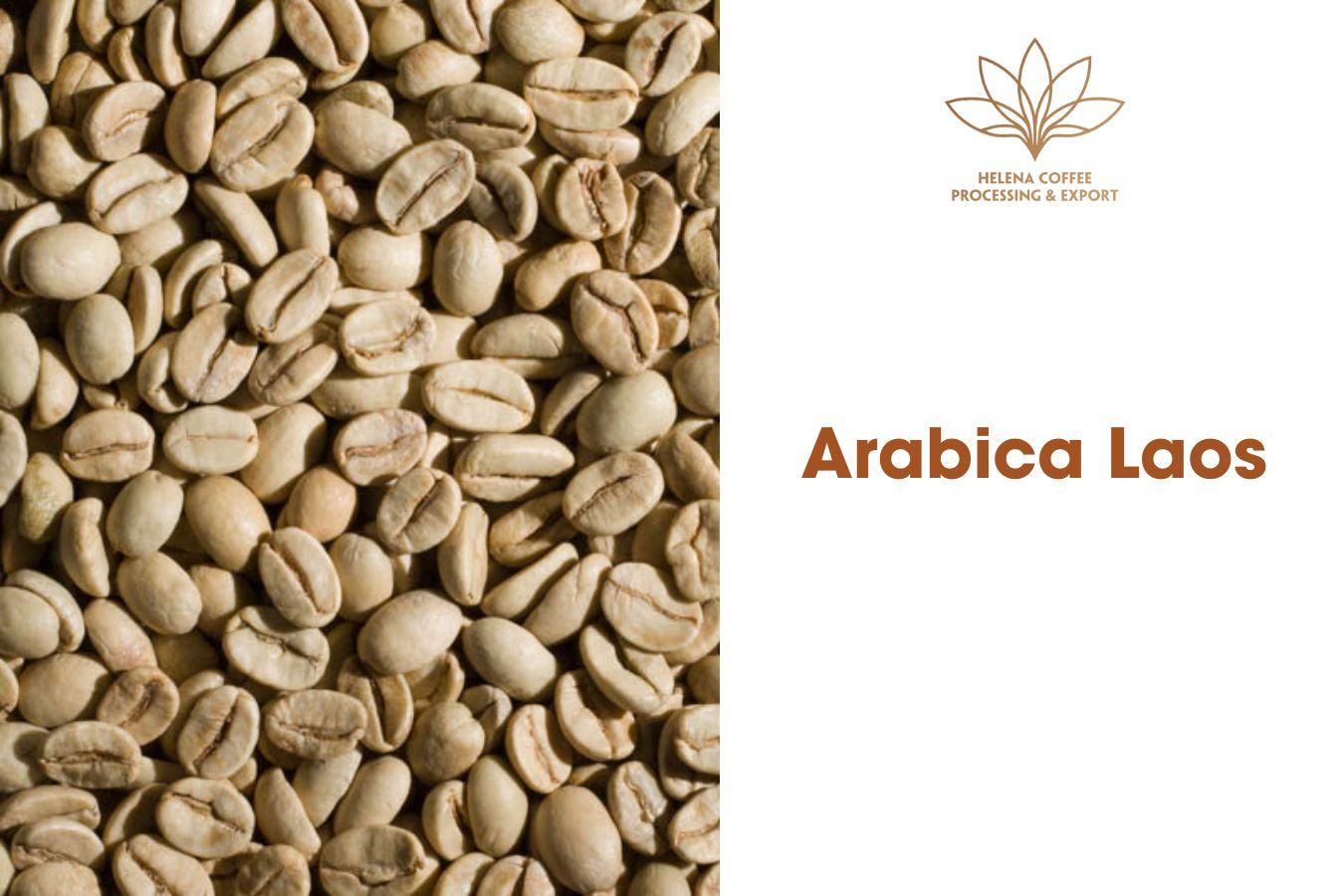
Breed: Catimor
Growing region: Bolaven Plateau
Altitude: 1,000 – 1,350m
Preparation method: Wet
Classification: Sieve 16, 18
Weight: 60kg/bag
Wet processed Arabica coffee
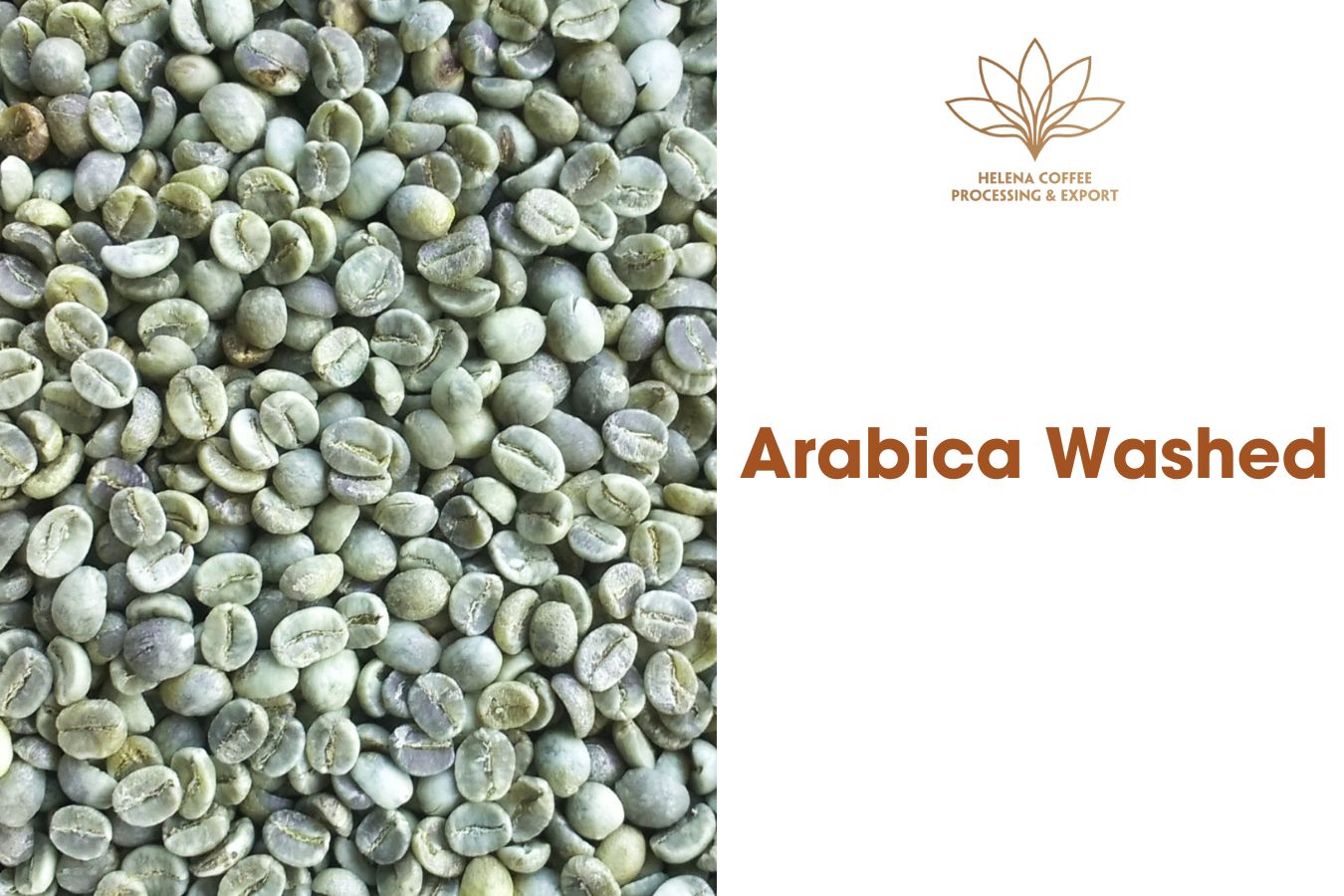
Breed: Catimor
Growing area: Da Lat
Altitude: 1,500 m
Preparation method: Wet
Classification: Sieve 16, 18
Weight: 60kg/bag
Arabica honey coffee
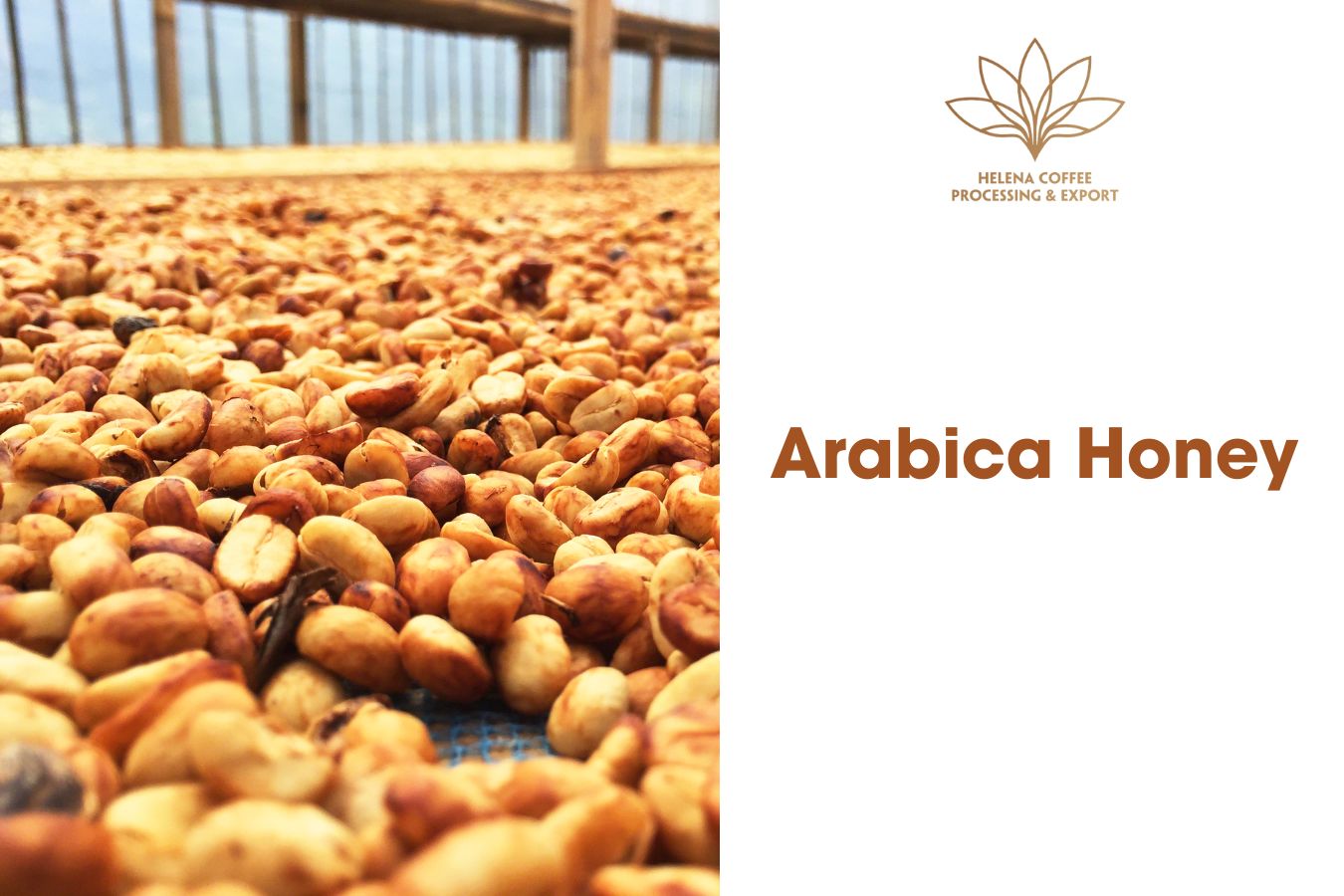
Varieties: Typica Blend, Catimor
Growing area: Da Lat
Altitude: 1,600 – 1,650 m
Preliminary method: Honey
Classification: Sieve 16, 18
Weight: 60kg/bag
Cau Dat Arabica Coffee
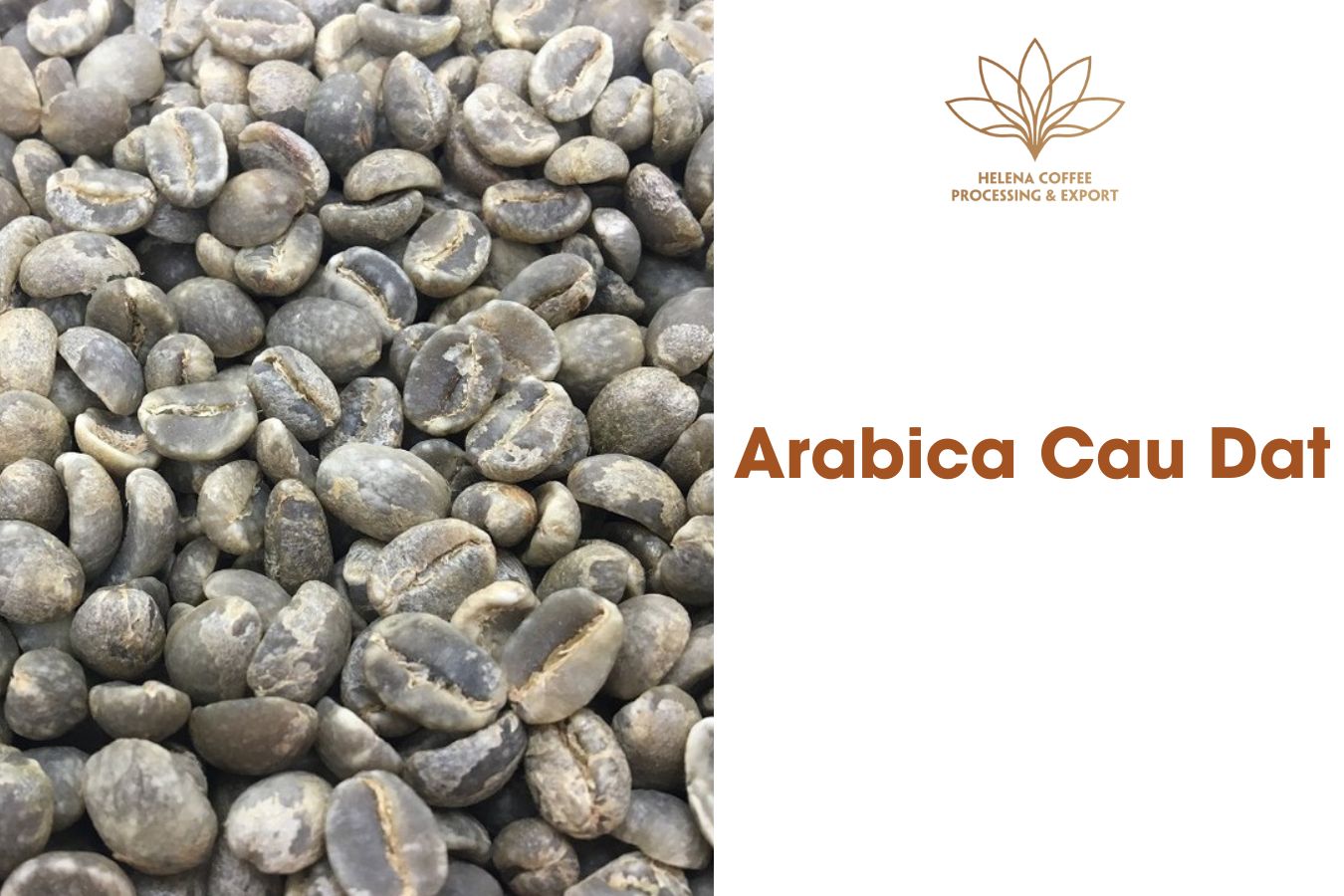
Breeds: Hybrids between Bourbon, Catuai, Typica, Catimor
Growing area: Xuan Truong – Da Lat
Altitude: 1,600 – 1,650 m
Preparation method: Wet
Classification: Sieve 16, 18
Weight: 60kg/bag
Helena Coffee is currently a wholesale and retail green coffee supplier of high-quality, consistent, and reputable green coffee, with the ability to supply large quantities and ship globally. Please contact us at:
☎️Hotline: +84 789 818 828
►Address: 124 Ngo Quyen, Buon Me Thuot, Dak Lak, Vietnam
►Facebook: Helena Coffee Processing & Export
►Website: Helenacoffee.vn
✉️Email: helenacoffee.jsc@gmail.com